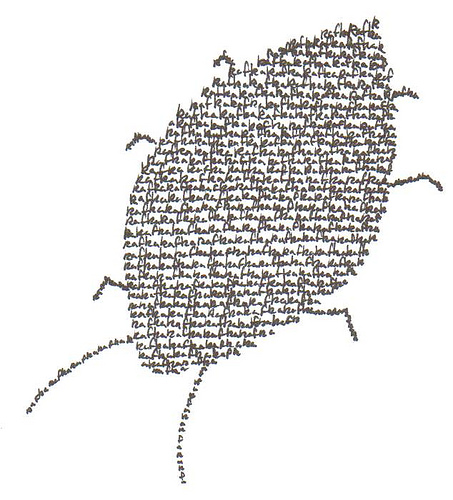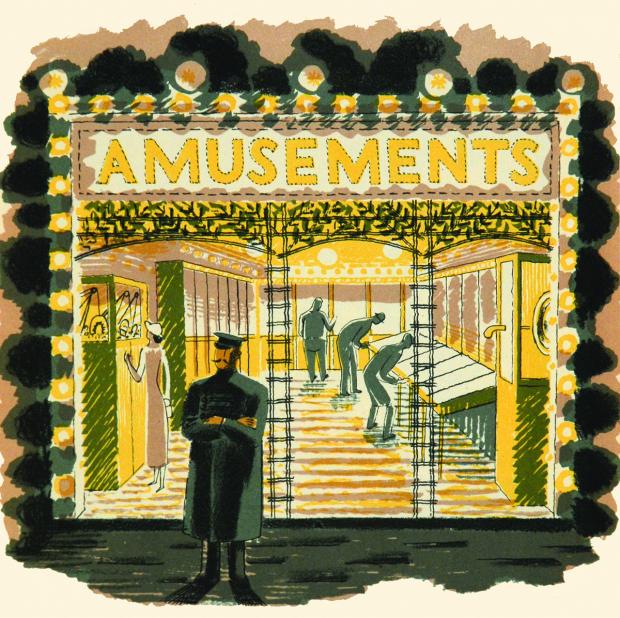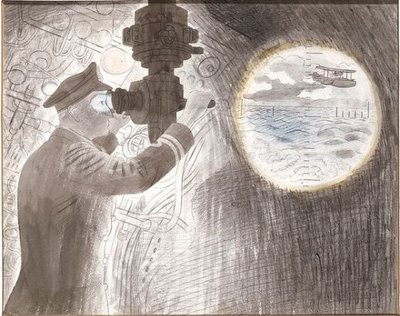
I mined these jewels from an article in The Guardian by Frank Cottrell Boyce and reset them: Continue reading


I mined these jewels from an article in The Guardian by Frank Cottrell Boyce and reset them: Continue reading
 Dreams and story-making walk side by side – no wonder the Aborigines speak of the Dreamtime in their creation tales. I’ve never forgotten Lucy Coats leading a shamanistic dream journey at the SCBWI retreat in Dunford House – a powerful way to go inside your creative self. Continue reading
Dreams and story-making walk side by side – no wonder the Aborigines speak of the Dreamtime in their creation tales. I’ve never forgotten Lucy Coats leading a shamanistic dream journey at the SCBWI retreat in Dunford House – a powerful way to go inside your creative self. Continue reading
 Mention metamorphosis and two contrasting ideas flit into my mind. On the Humanities side there’s Kafka’s story of Gregor Samsa waking up to find himself a beetle, and Ovid with his tales of Greek legends. In contrast, amongst the Science stacks of the L-space in my brain, I recall Lepidoptera and Amphibians. All are to do with transformation. What influence has metamorphosis had on stories?
Mention metamorphosis and two contrasting ideas flit into my mind. On the Humanities side there’s Kafka’s story of Gregor Samsa waking up to find himself a beetle, and Ovid with his tales of Greek legends. In contrast, amongst the Science stacks of the L-space in my brain, I recall Lepidoptera and Amphibians. All are to do with transformation. What influence has metamorphosis had on stories?
Recently, I went to a belly-dance workshop. I thought it would be a pleasant change from writing, good for my lower back and a help with my weekly belly-dance classes. It did all that and taught me a whole lot more…
My title this week comes from an article in the Guardian about the artist Eric Ravilious, famous for his watercolours of the Sourh Downs. I went to see an exhibition of his more commercial works on Wednesday 16th October at Pallant House Gallery, Chichester. (It’s on until 8th December, well worth a look – and that section of the gallery is free.)
The night before I’d been to see Neil Gaiman read Fortunately the Milk in London. he was asked by tweet where he gets his creative energy from. I’m paraphrasing so it’s not exact but his response was that he enjoys creating.
I should have expected that. It comes over in his exuberance and his mad hair.

Now for the connection with a somewhat obscure artist of the 1930s, whose work is instantly recognisable, distinct and for me a source of delight.
In the exhibition, you can see how Eric Ravilious made little everyday things like letter heads cheerful. His playfulness comes through in the artwork.
And it isn’t just appealing subjects like arcades.

He gives even life in submarines a certain jauntiness. Some of that stems perhaps from his personality – see The Guardian article – yet I suspect something more than just lightness of touch.
There’s more to why he engages contemporary viewers. A sense of ‘interestedness’ in his work. That he took time to observe and delight in the particular. To see specific details in almost anything that set it apart.
An example might make what I mean clearer.
He produced the delightful illustrations in 1938 for ‘High Street’ – a book for children about shops.(A plea to Mainstone Press who publish lovely books including collections of Ravilious’s work – please could they redo this one in a format a poor writer can afford!)
They are in some ways generic – typical of all shop fronts. I would guess a woman from Kyoto could look at them and see something recognisable. Yet they each have exact and carefully rendered differences apart from the obvious names and articles for sale. He hasn’t done a visual copy-and-paste. He’s looked for interesting bits to put in.

I would imagine they come from lots of sketchbooks – and that the finished works are a mixture rather than an exact reproduction of any one real scene.
I see that as a metaphor for good, enjoyable writing. We look for the specific and the interesting to give life to our work. We get a buzz from observing and then assembling all these snippets and sketches in pleasing forms. Same as any creator, I suppose.
And I think of the era in which he was creating. Of how he was lost at sea near Iceland in September 1942. He wasn’t making superficially jolly work in easy circumstances.

A Ravilious woodcut showing the Long Man of Wilmington – and Taurus.
That’s what the best of creativity does: it finds and produces beauty wherever we are. It brings hope.That has to be a source of joy.
Most writers I know would regard that title as a complete oxymoron. They would greet the word ‘synopsis’ with a moan or at least a frown. I absolutely understand that – for me it was fear.
I didn’t know what to do. So I did what I usually do and bought lots of how-to books. There are a good half dozen on my study shelves. (I would heartily recommend Nicola Morgan’s Write to be Published and the e-book by the way). But they didn’t stop the fear.
I wondered why synopses gave me the jitters – and came up with two main reasons;
Now, on my last Arvon sojourn ( a wonderful Retreat at Lumb Bank with Steve Voake, N. M. Browne and a slew of talented fellow children’s authors) I was grilled.
N. M. Browne by her own admission is the Queen of Awkward Questions. It’s not always comfortable to be interrogated about your story by someone so intelligent and incisive – but it is good. There was no point in me resisting – it was so worthwhile to be made to think harder about my ropey first draft.
I see writing a synopsis as akin to that salutary process.
Options are for first drafts – wander all over that prairie of ideas when you’re creating by all means – but when it comes to editing, the synopsis is your friend.
I use YWriter5. It’s a no-frills way of organising your work created by a writer. One salient feature is the use of chapter descriptions and scene summaries. You don’t have to fill them in, of course – but if you do, they create a synopsis for you.
The crucial point is the way it makes you look at your work – whichever way you tackle your synopsis. You have to focus and analyse:
If you can’t decide what you want each scene to do, how on earth can you get it across to the reader?
So I would say view the writing of your synopsis as a good thing. It makes you understand the anatomy of your story like nothing else. Dissections aren’t pretty – but just ask an artist how essential it is to know the form beneath.
My glamorous and talented belly-dance instructress, Jenn will tell you that overdoing it is one of my failings. She does an elegant hip drop with languid grace – I do a great dump of a thing more like a cliff collapse. I have a tendency to make up for what I lack in finesse by enthusiasm.
Such exuberance is endearing in a puppy – but in a woman of my years, possibly less so. I am not, however, arguing for half-heartedness in dance or anything else creative for that matter. I passionately believe in embracing things; in involving your core, both literally and figuratively.
But I have observed that I come unstuck in my writing when I spend all my arrows too soon. I throw similes, metaphors and period details all in at once. Maybe there will be a signpost to a later event and a character revelation – all within a couple of paragraphs. Overcomplicated, and worst of all, confusing to the reader.
It’s not that I think readers need to have everything pointed out and labelled – but I make it hard for them to see what is important in a welter of extraneous stuff. Think overenthusiastic tour guide telling you about every architectural phase of the stately home’s building, some juicy anecdotes and a list of owners all at once.
I do it on the minor scale too. A sentence about crossing a bridge in Selchester at first go could well be like this –
Georgiana halted on the shining river-worn cobblestones in front of the five bar tollgate, waiting impatiently for the ancient Bridgekeeper to make his grumpy hobbling way to her.
Overwritten or what.
Now it has to be said that there are genres and styles that are properly more elaborate and intricate than others.
But if the decoration is only there to distract the eye from a bodge, that’s not good.
So in my editing I am endeavouring to locate the one important thing I need to convey in each paragraph – and let everything else serve that. Ideally, that should apply to sentence level too.
Instead of a bottom-of-the fridge stir-fry, I want to create a memorable dish full of flavour – but not too many of them.
‘Non più di cinque’ as the Venetians have it – no more than five
I owe an apology to Nick Cross.
He is this month’s moderator for the SCBWI -BI email group – and he sent round a great suggestion to get us all thinking and replying.
They say that “Weebles wobble but they don’t fall down” and much the same can be said of writers…
So, I’d like to open the floor for a wobble workshop today. Are you reeling from a rejection, a bad review or a self-inflicted confidence loss? Why not let the group know and I promise we can deliver an instant confidence boost!
I have to apologise because I said I didn’t want to wobble in a public forum – and guess what I’m going to do now?
I am definitely of an age when I can sing that irritating little jingle/earworm. In fact, I’ve often thought of it (sadly) as a something of a motto.
http://youtu.be/girA7GS9hDg
This would be cooler. But the principle’s the same – resilience. The more you put yourself ‘out there’, the more Life will poke your plump little tummy and send you rocking and reeling. It’s bonkers – and possibly addictive.
I put myself up for a writer-in-residence in Northumberland – and even with the support of David Almond ( how’s that for chutzpah?) – I didn’t get it. Wallop. Right over on the side looking at the battered daisies.
But then I think of the way Weebles work. They have a central weight inside which pulls them back to standing. I look at that as my core – not what I am trying to achieve but what is deep and essential; what I am. All the oscillations around that are just, well, wobbles.
So if any of my wibbles and wobbles can help some one else, great. Otherwise I will keep my wavering to myself.
And the quotation at the top? It’s from one of Jill Murphy’s marvellous Large Family books. At the end of A Piece of Cake, the elephants learn to accept what they are – large. In my case, that’s as wobbly as Bob Godfrey’s animations.